Apothecary mortar in marble - late 18th century - France
This frustoconical mortar was sculpted in a block of veined white marble, then patiently polished by hand, to obtain an impeccable softness to the touch and an irreproachable regularity of shapes. That of the tank hollowed out in the shape of a “cul de poule” with a gouge as well as that of the four outer fins forming a perfect quadrilobed rim.
This type of mortar was used in the past in pharmacies of apothecaries to reduce medicinal plants, called “simple” to powder, and to make, by varying compositions and dosages, all kinds of remedies: herbal teas, decoctions, distillations, syrups, macerates, ointments, powders, tinctures, mothers.
This generous veined marble mortar thus bears the traces of the ancestral recipes of natural medicine which were expertly prepared there.
Dimensions
Diameter: 40 cm, height 18 cm.
Reference: [ME068]
Item shown as an example. Please contact David on 06 78 92 61 98 if you would like him to offer you similar pieces.
Objects bearing history
- All
- 17ᵗʰ century
- 18ᵗʰ century
- 19ᵗʰ century
- Beech
- Cherry wood
- Chestnut
- Clock
- Copper
- Country furniture
- Craft furniture
- Desk table
- France
- Giltwood
- Late 18ᵗʰ century
- Louis XIII
- Louis XIV
- Louis XV
- Metal
- Midi-Pyrénées
- Mirror
- Mortar
- Oak
- Objects bearing history
- Périgord
- Period furniture
- Popular art furniture
- Provincial art
- Quercy
- Sculpture
- Small furniture
- South West of France
- Statuette
- Storage cabinet
- Table
- The treasure corner
- Tools
- Walnut
- Wood species

![Apothecary mortar in marble - late 18th century - France - [ME068]](https://www.aux-rois-louis.com/wp-content/uploads/2021/12/ME068_P1650572x900-900x450.jpg)
![ME068_P1650572x900 Apothecary mortar in marble - late 18th century - France - [ME068]](https://www.aux-rois-louis.com/wp-content/uploads/2021/12/ME068_P1650572x900.jpg)
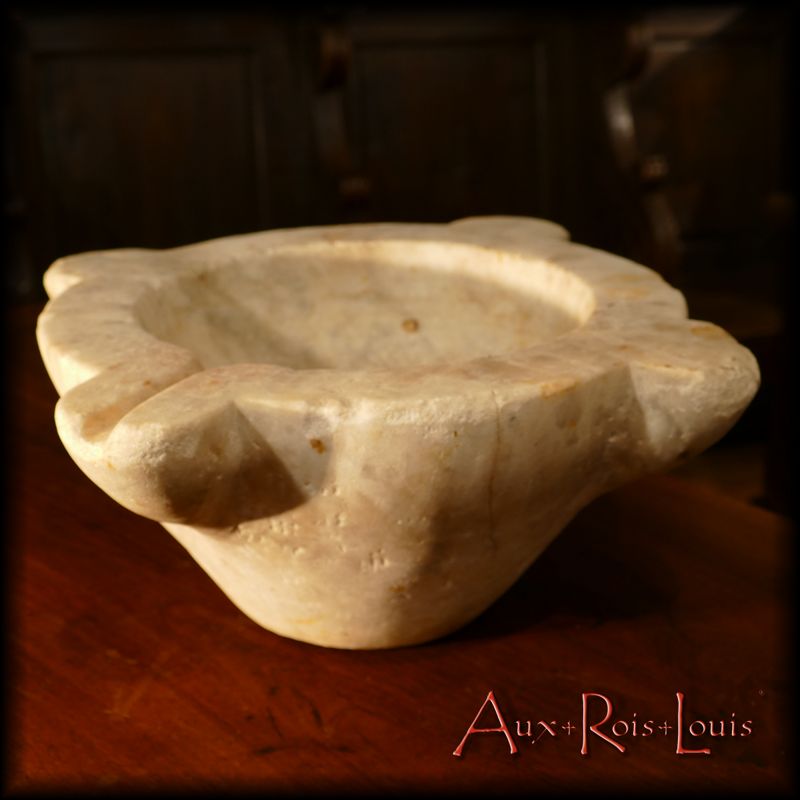
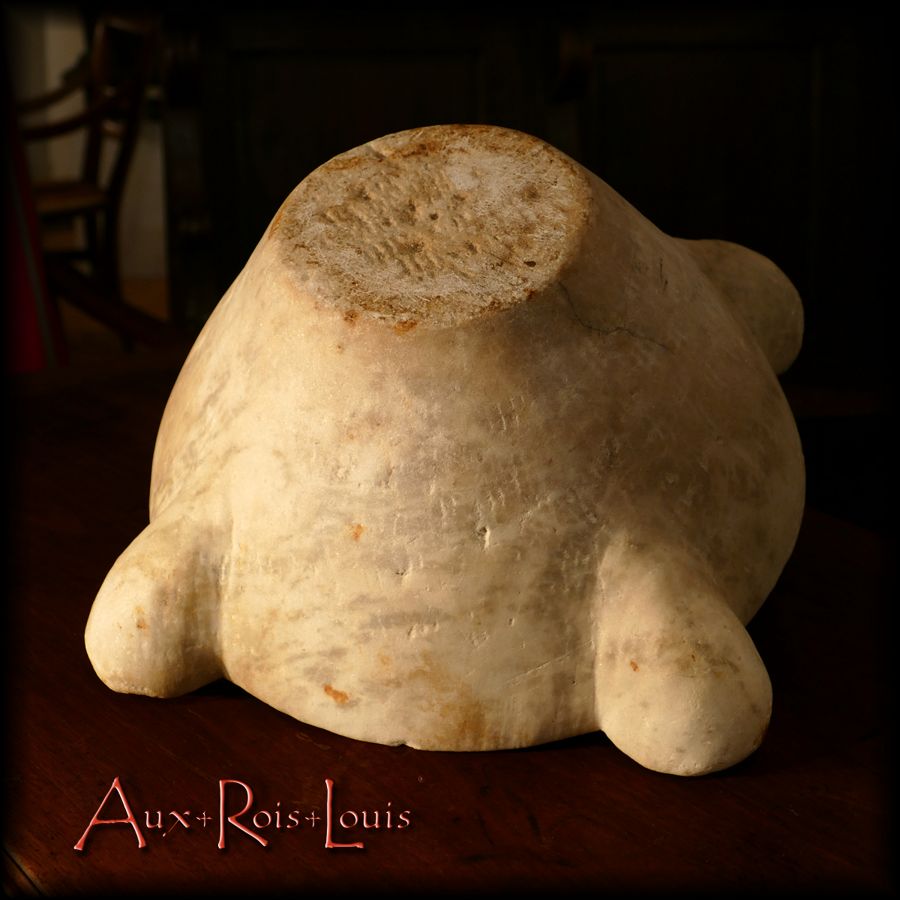
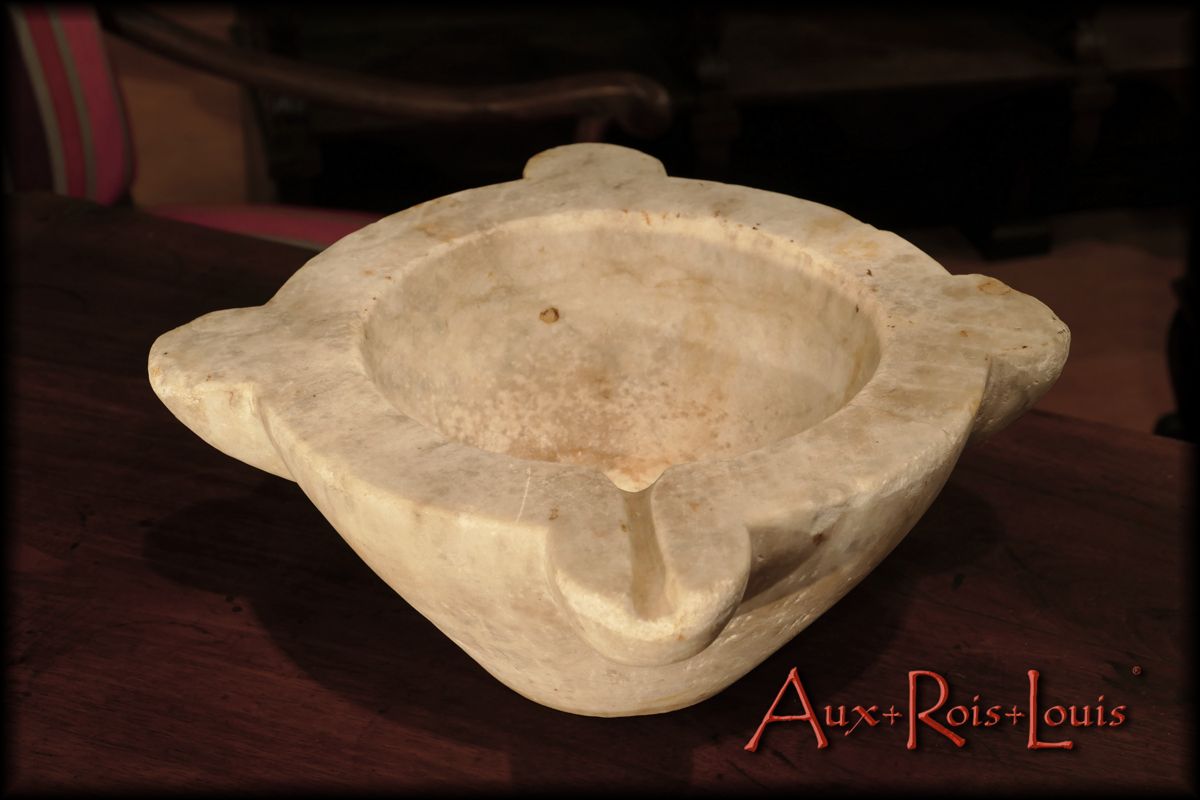
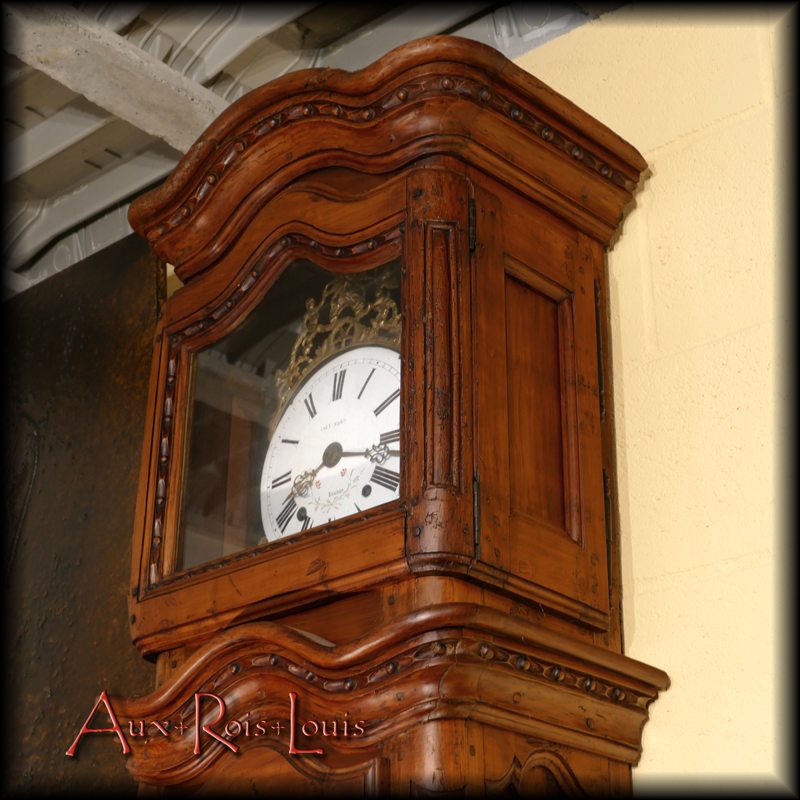
![Walnut storage cabinet – 18ᵗʰ century – France – [ME066]](https://www.aux-rois-louis.com/wp-content/uploads/2021/11/ME066_P1650134x900.jpg)
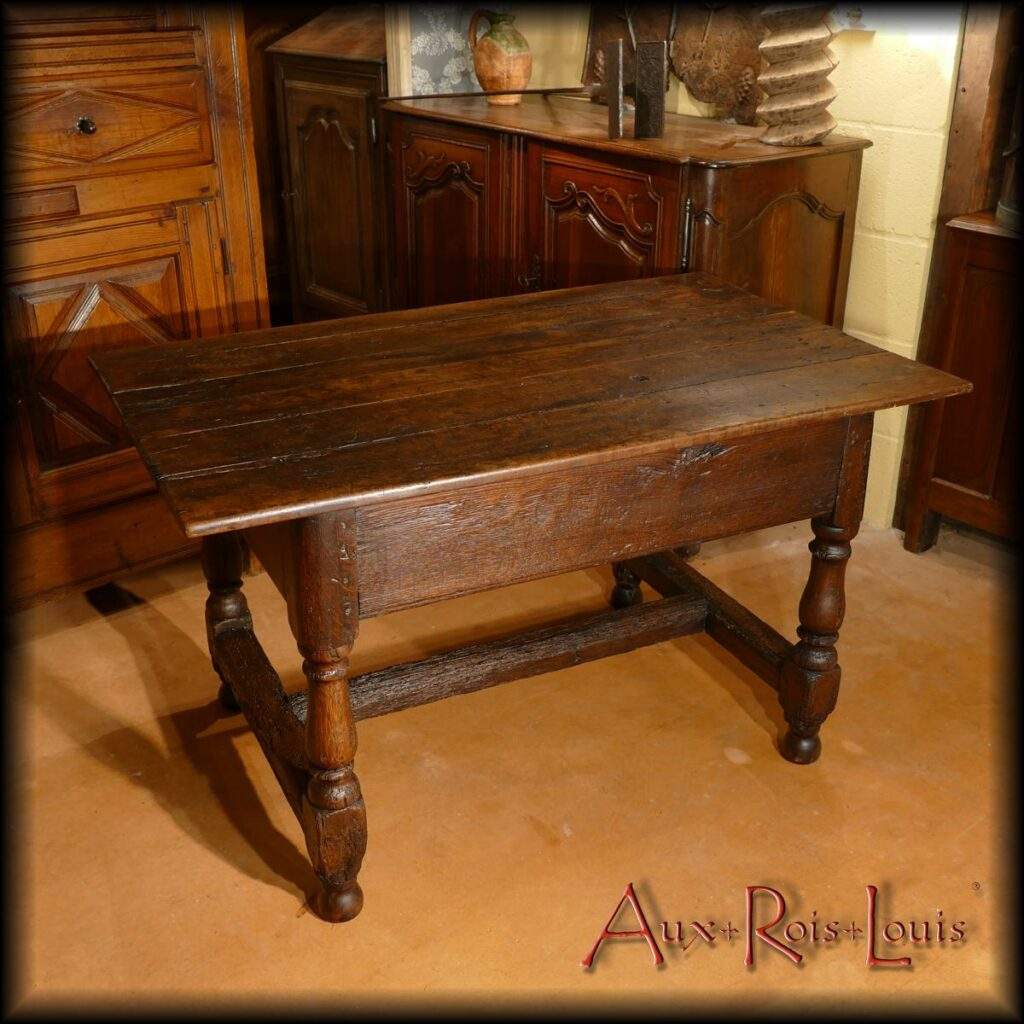
![Large Louis XV mirror – gilded wood – late 18ᵗʰ century – Midi-Pyrénées – [ME084]](https://www.aux-rois-louis.com/wp-content/uploads/2022/06/ME084_P1660282-1024x1024.webp)
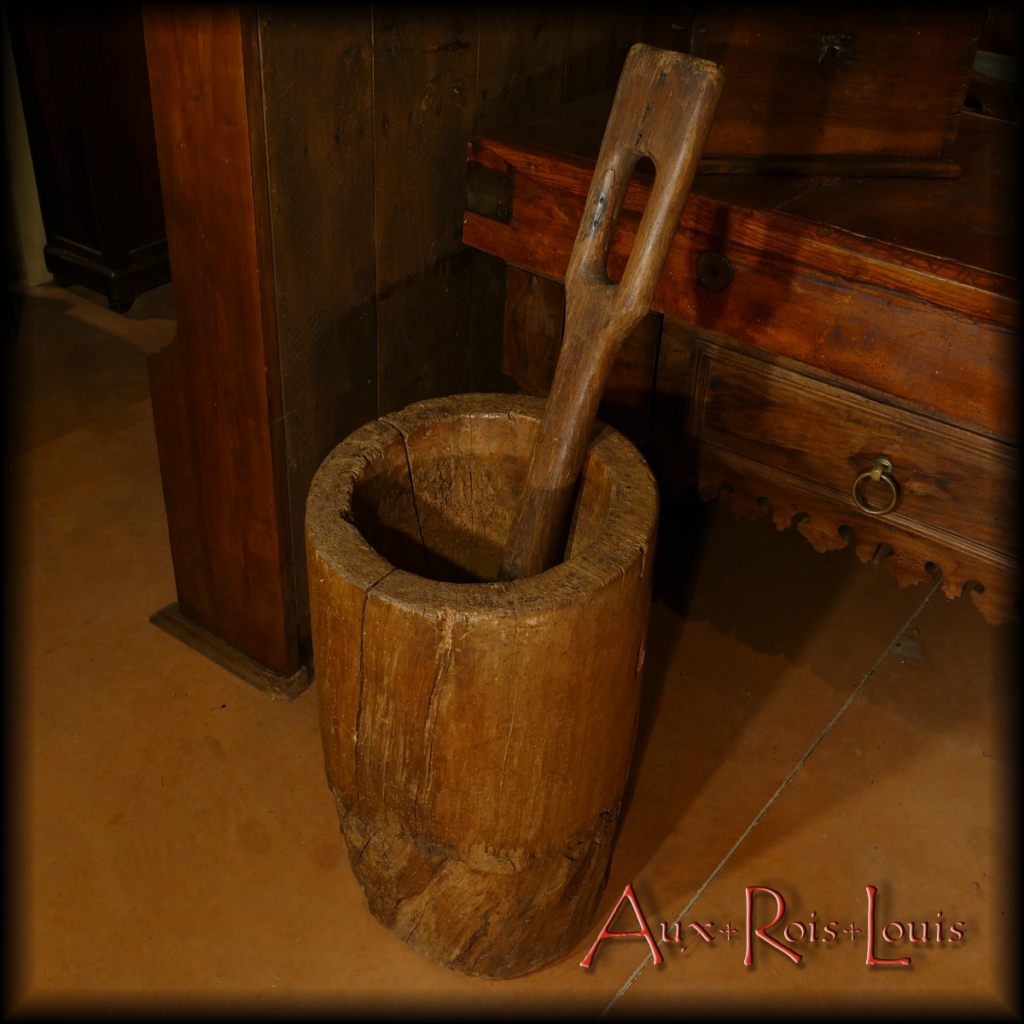
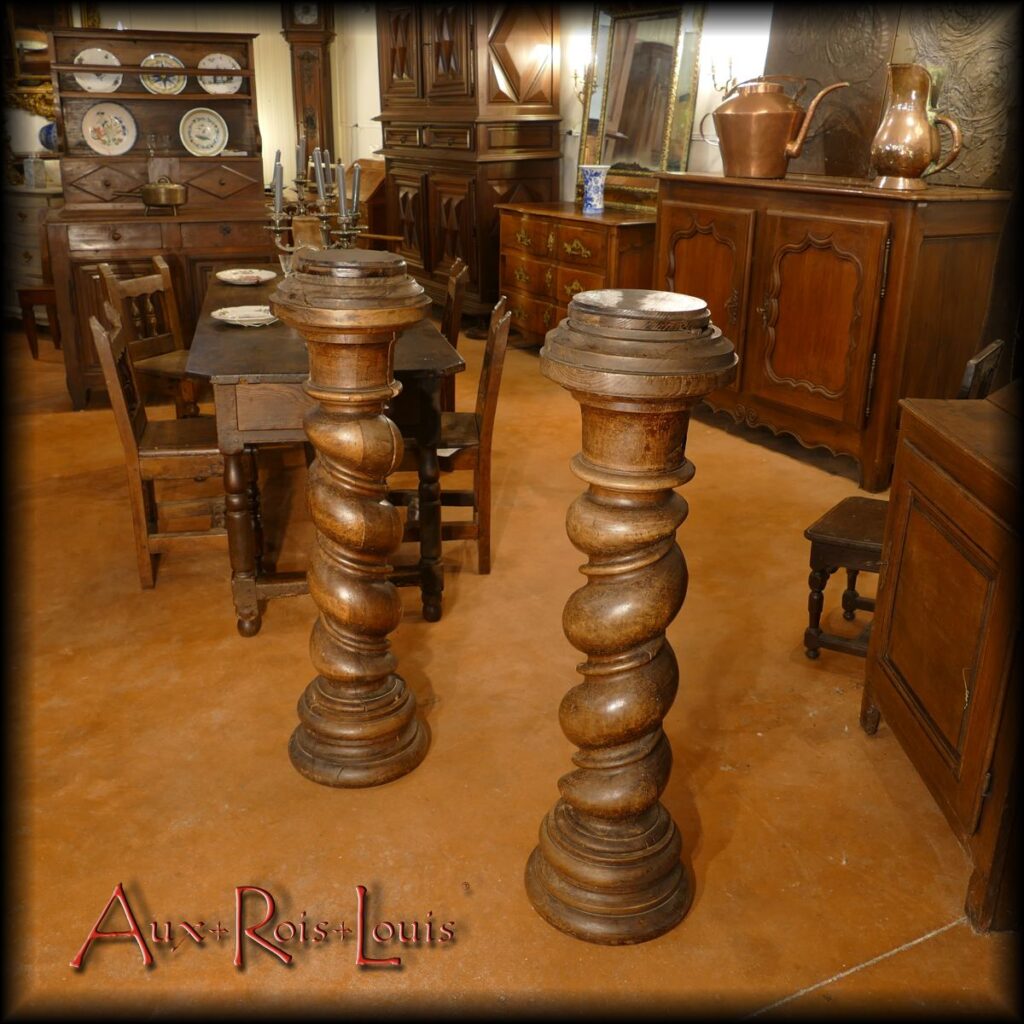
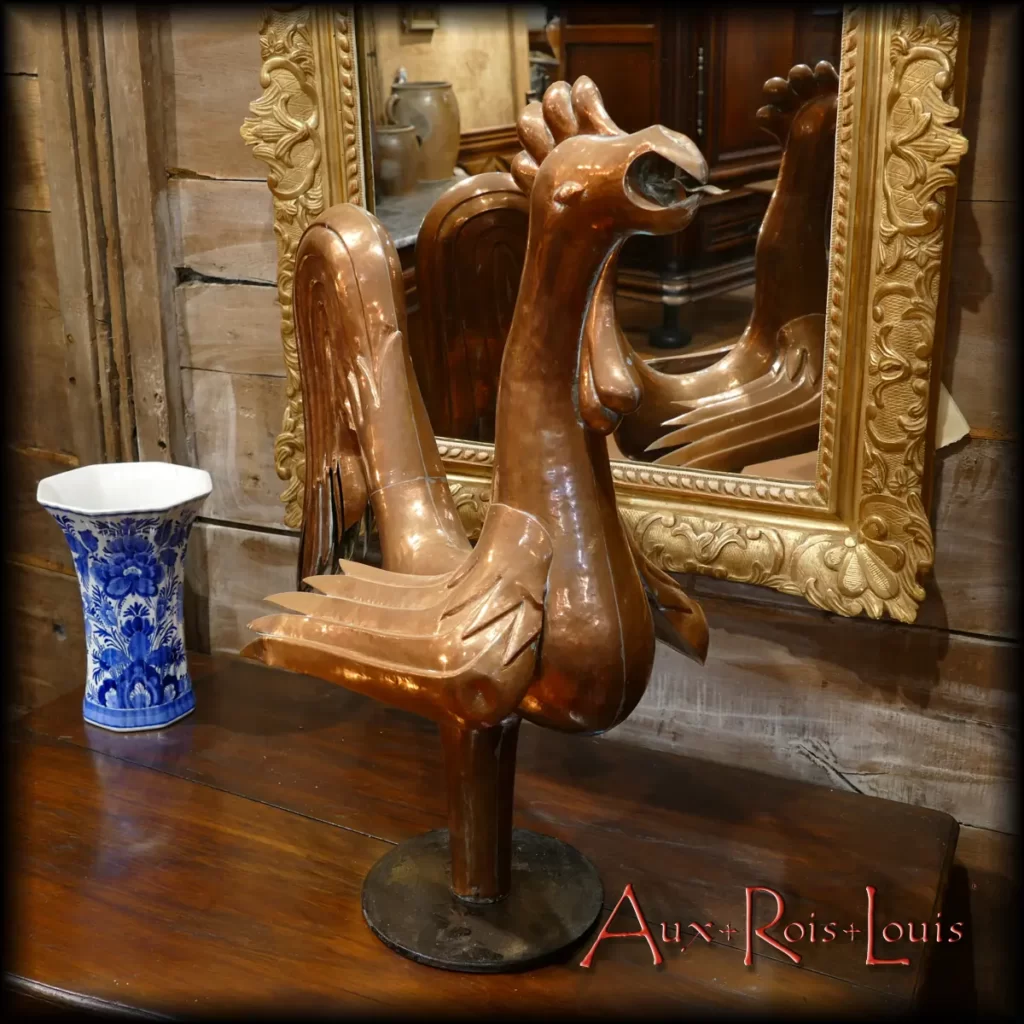
![Polychrome Walnut Virgin with Serpent – 18th Century – Midi-Pyrénées – [ME116]](https://www.aux-rois-louis.com/wp-content/uploads/2023/10/ME116_P1670078-1024x1024.webp)